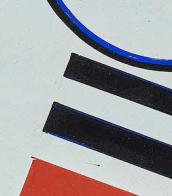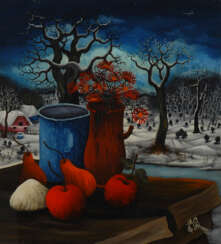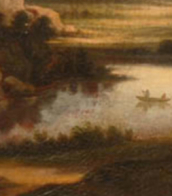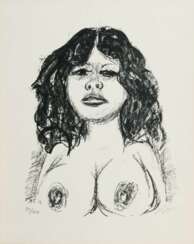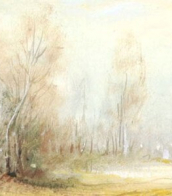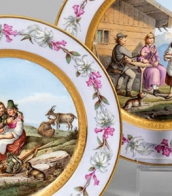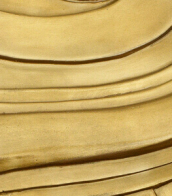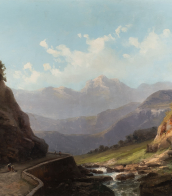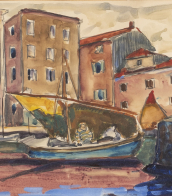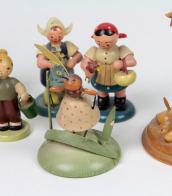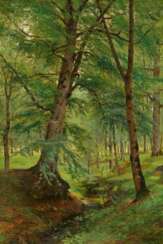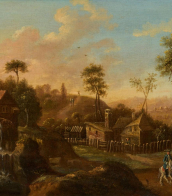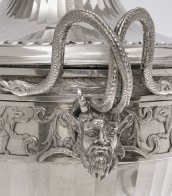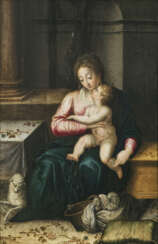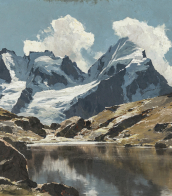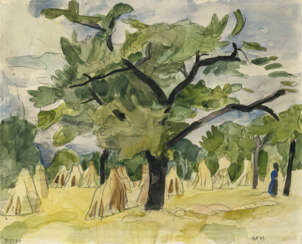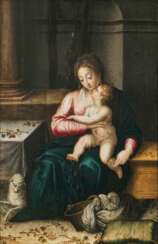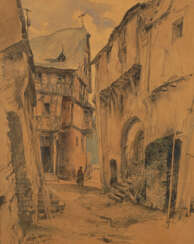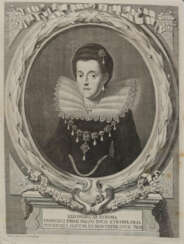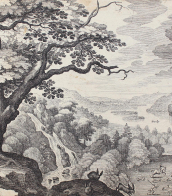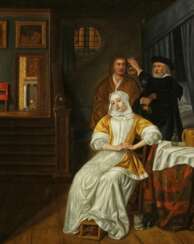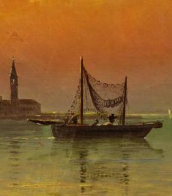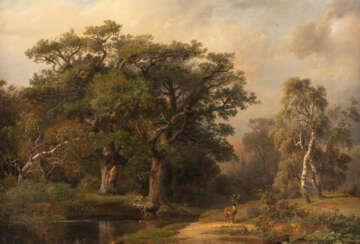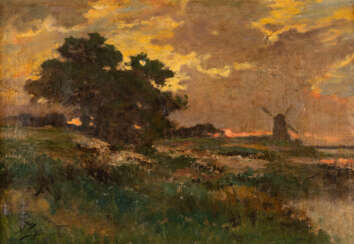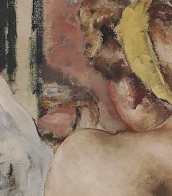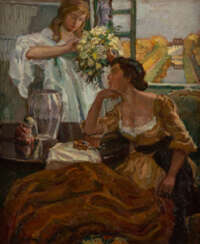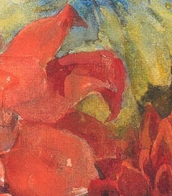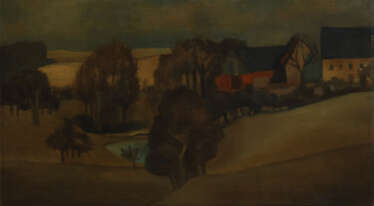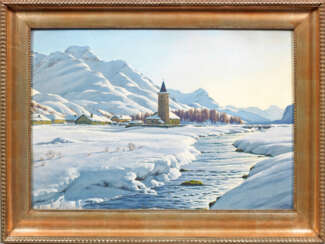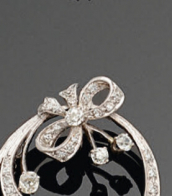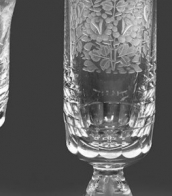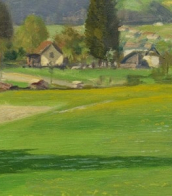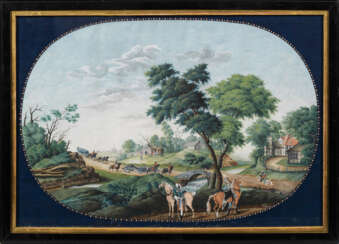rahmen (66 x 45

Wilhelm Heinrich Otto Dix was a German artist whose work stands as a stark, unyielding reflection of the societal tumult and trauma of the early 20th century. Born in 1891 in Untermhaus, Germany, Dix's early life was steeped in the arts, his ambition to become an artist nurtured by both familial influence and formal education in Dresden. His experiences as a soldier in World War I deeply influenced his artistic direction, leading him to vividly depict the horrors of war and the decay of the Weimar Republic with a brutal realism that became his signature style.
Dix's association with the Dada movement and the New Objectivity (Neue Sachlichkeit) further honed his critical, often cynical portrayal of post-war society. His works, such as "The Trench" and "War Cripples," expose the visceral aftermath of conflict, while his engagement with the Dadaists imbued his art with a disruptive, confrontational energy against societal norms and the art establishment.
Perhaps most notable is Dix's ability to capture the psychological depth and societal critiques through his portraits and landscapes, which ranged from the grotesque to the surreal. Paintings like "Portrait of the Journalist Sylvia von Harden" and the triptychs "Metropolis" and "War" are emblematic of his keen observation and stark depiction of the era's social and political unrest.
Despite facing significant adversity, including being labeled a degenerate artist by the Nazi regime and facing professional and personal setbacks, Dix's legacy as a painter and printmaker endures. His works are not only historical documents but also profound reflections on humanity, war, and society, resonating with collectors and art experts alike.
For enthusiasts of culture, art, and history, Dix's oeuvre offers an unflinching look into the human condition under the strain of societal and political upheaval. His contributions to painting and printmaking continue to be celebrated in museums and galleries worldwide, underscoring the enduring relevance of his work.
For those interested in exploring the profound depth and historical significance of Otto Dix's work, signing up for updates on new product sales and auction events related to his art can provide invaluable insights. This subscription is a gateway to staying informed about opportunities to engage with the tangible pieces of Dix's enduring legacy.

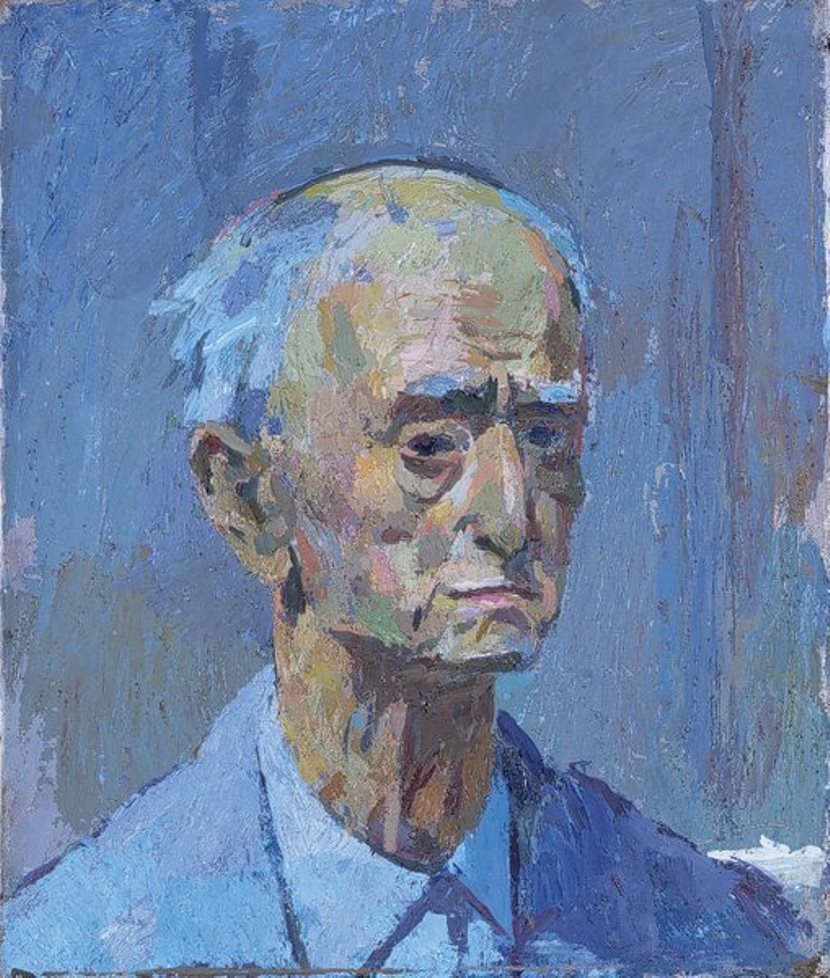
Bernhard Kretzschmar was a German painter and graphic artist.
Kretzschmar studied at the Dresden Academy, in 1920 destroyed most of his work and began his career anew. In 1932 he co-founded the Dresden Secession, but later the Social Democrats banned him as a degenerate artist, and his paintings were removed from museums and galleries. Kretzschmar hated the Nazis and had to flee the country.
Like many artists of his generation, he dabbled in Expressionism, then switched to Verismo. He skillfully tried his hand at both Futurism and Impressionism. He painted on the themes of social poverty, as well as comically depicting the bourgeois way of life. In 1945, most of his works were destroyed in an air raid.
After World War II, social motifs receded into the background and Kretzschmar focused more on landscapes, more often in the suburban areas of Dresden. He also painted several self-portraits with somber, skeptical and ironic facial expressions during his lifetime, which provide a vivid characterization of the artist.
From 1946, Bernhard Kretzschmar worked as a professor at the University of Fine Arts in Dresden. In 1959 he received the National Prize of the GDR, and since 1969 he has been a corresponding member of the German Academy of Arts in East Berlin.
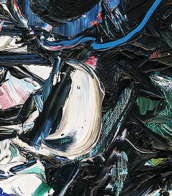
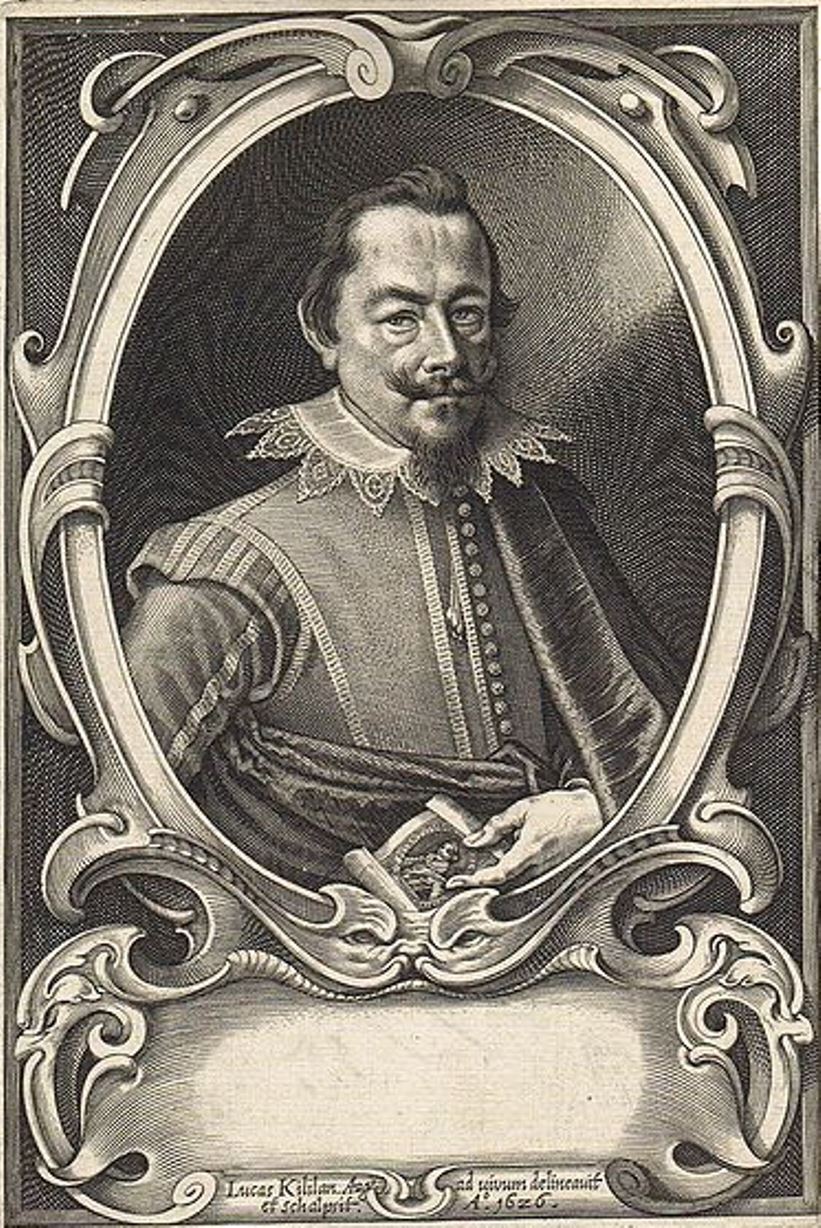
Hans Rottenhammer or Johannes Rottenhammer was a German painter and master of cabinet genre paintings.
After completing his studies as court painter to the Munich royal court, Rottenhammer spent nearly a decade in Venice, and his art bears the influence of Venetian masters such as Tintoretto and Veronese. Rottenhammer opened a studio in the city and attracted patrons and collectors as well as students and followers. In the early 1600s he joined the guild of Venetian artists. It was in Venice that Rottenhammer became famous for his cabinet paintings. These were small works, executed on copper and usually dealing with religious or mythological themes popular at the time.
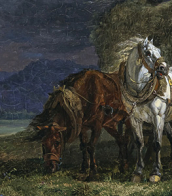
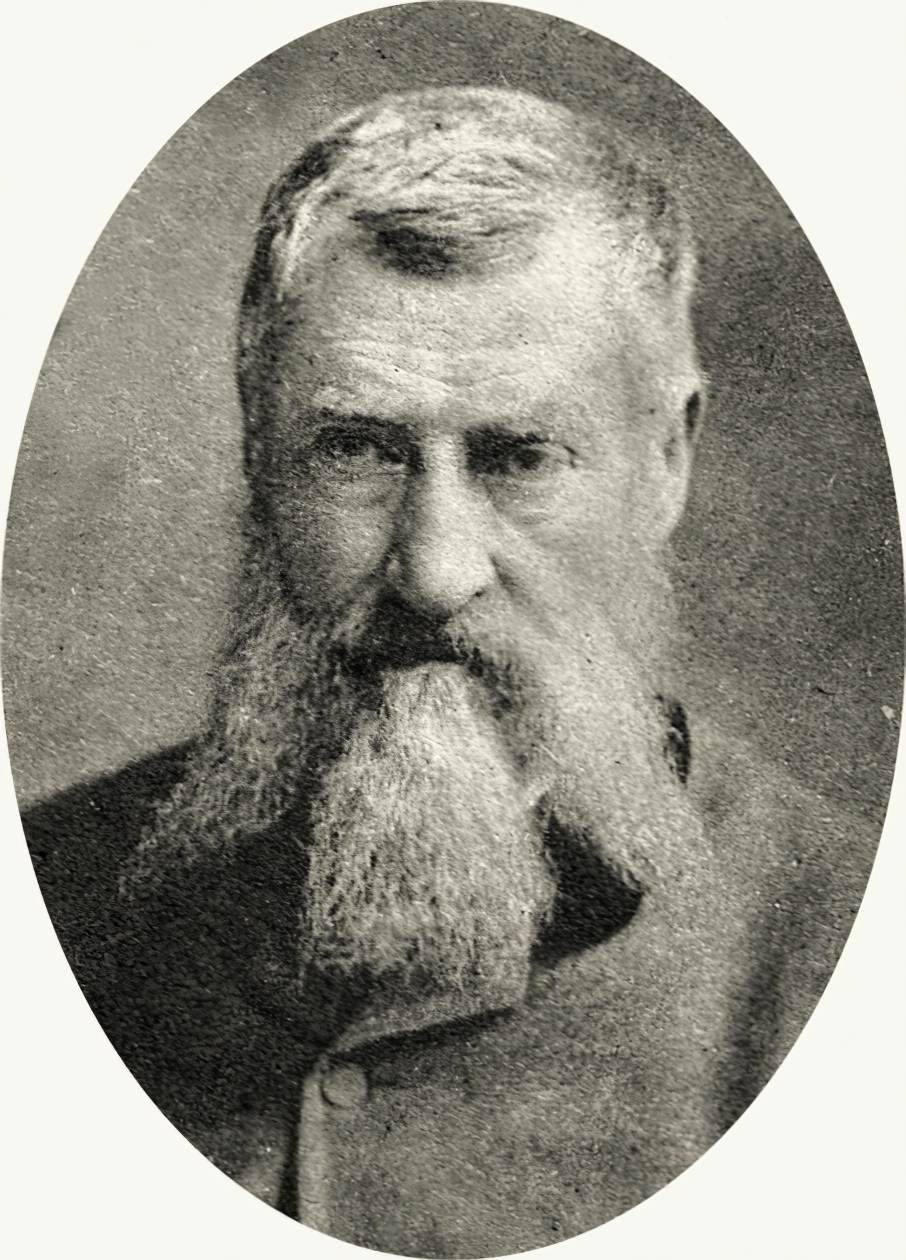
Hermann Kauffmann (the elder) was a German painter and lithographer, and one of the main representatives of the Hamburger Schule.
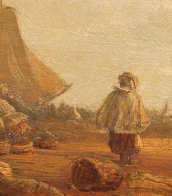
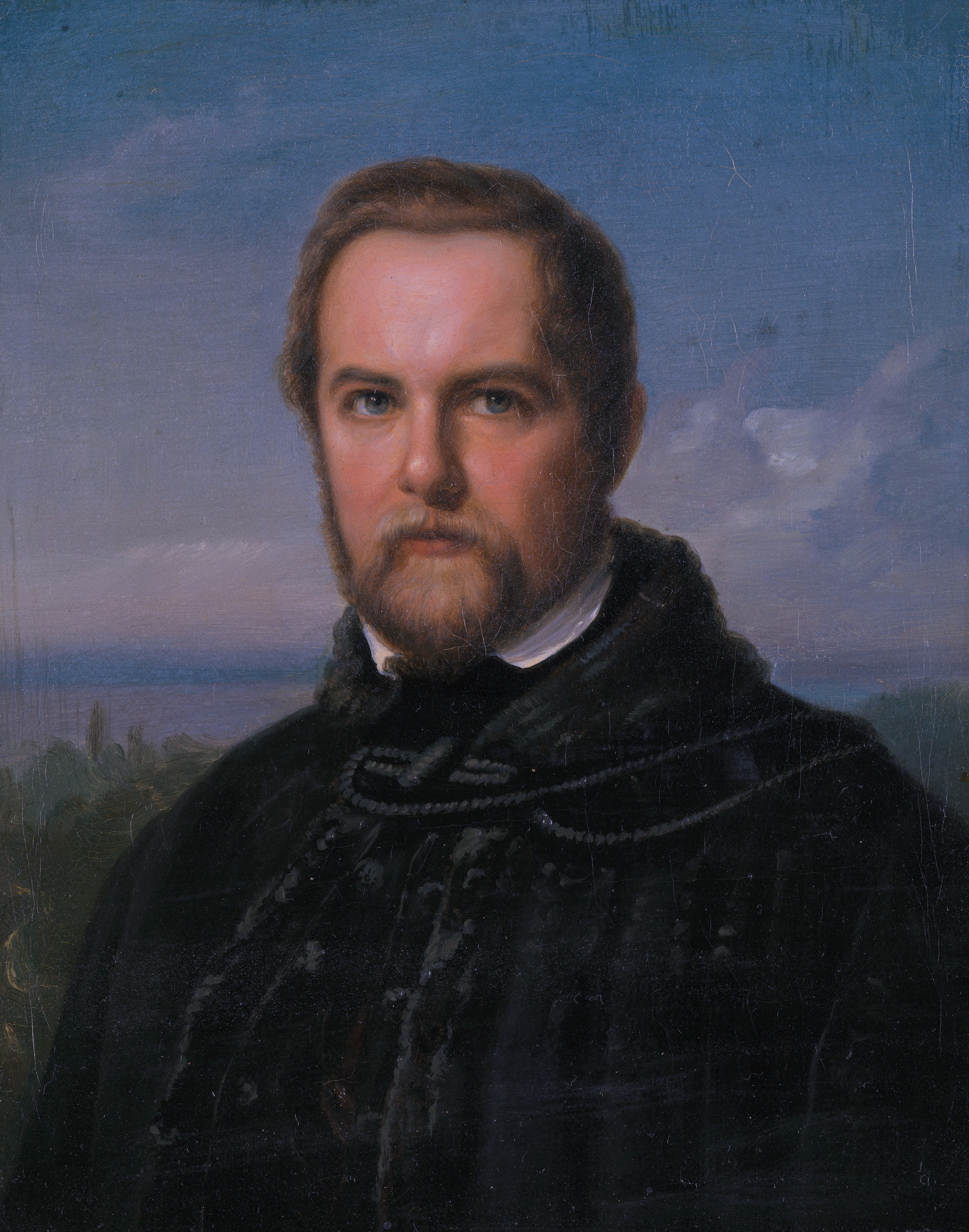
Johann Wilhelm Schirmer was a German landscape artist.
Schirmer was started as a student of historical painting under Schadow at the academy of Düsseldorf. Later, he came under the influence of Carl Friedrich Lessing and landscape painting and began painting historical landscapes in the manner of Nicolas Poussin. He became known as one of the first of the Düsseldorf school of painting.
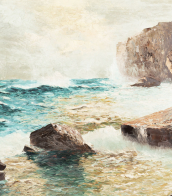
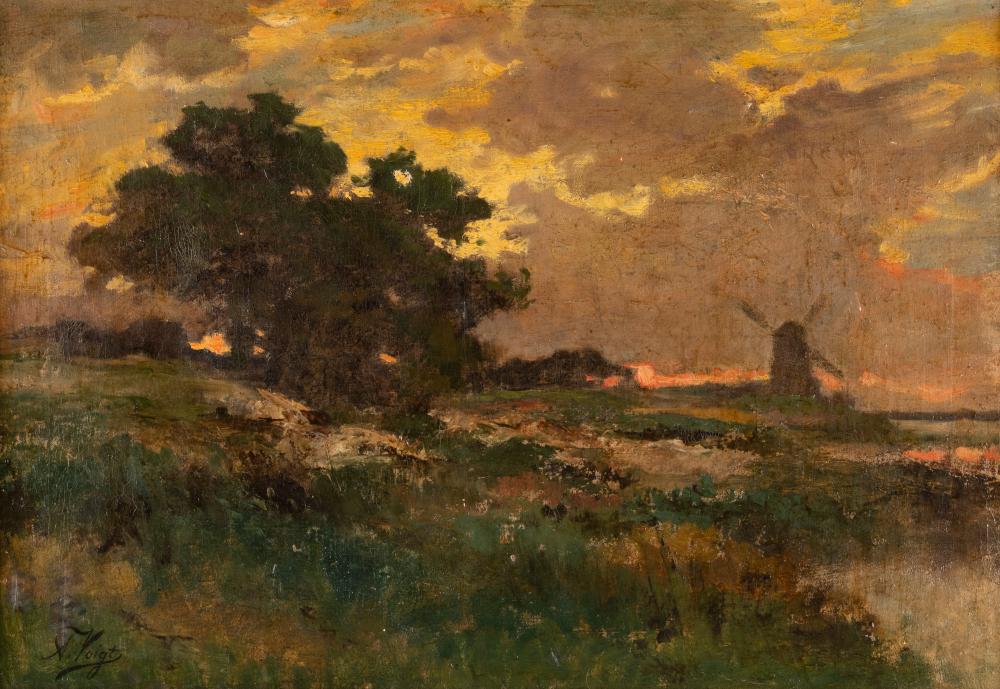
August Voigt-Fölger was a German painter who specialised in landscapes, genre scenes and animal studies.



